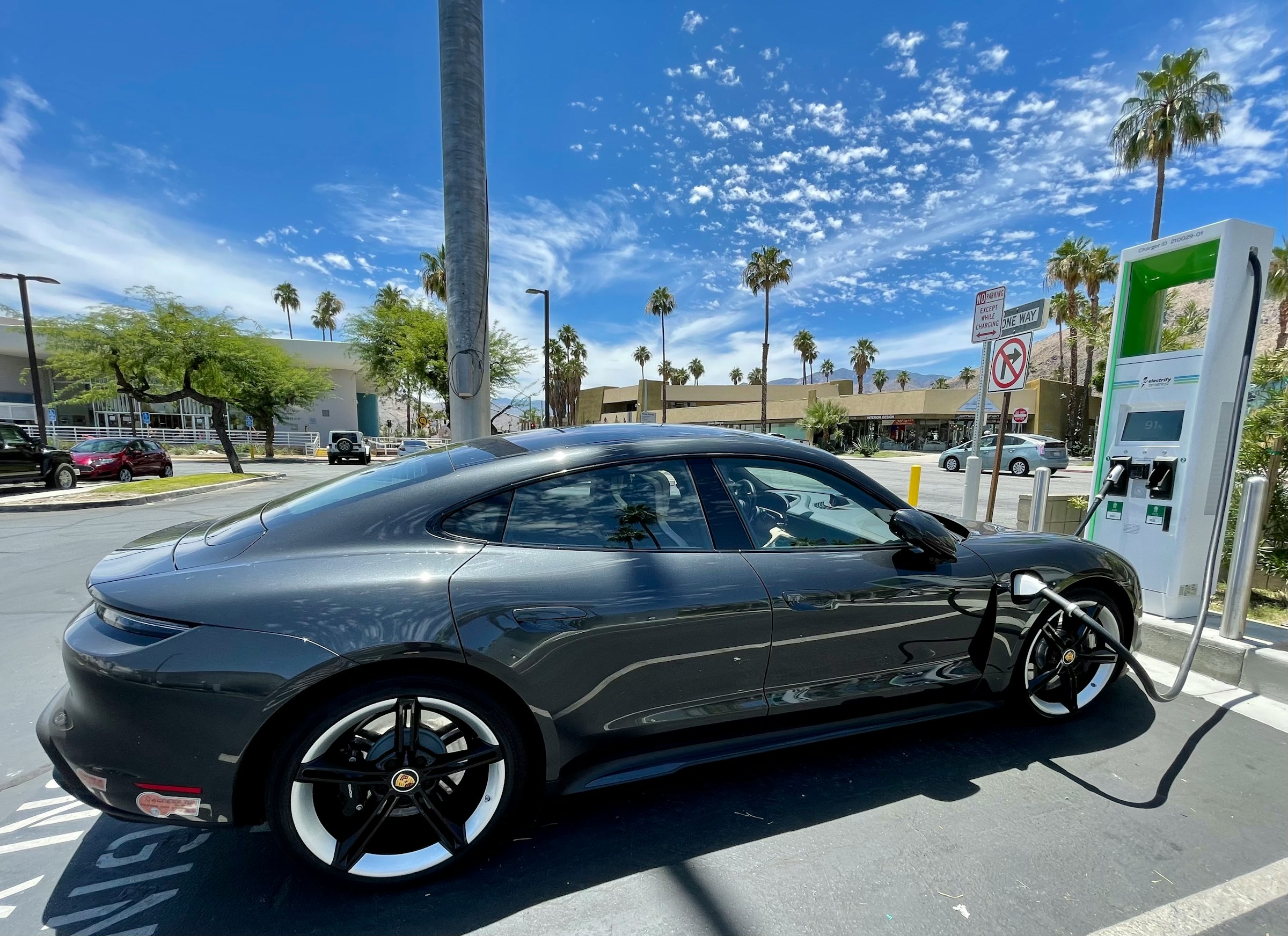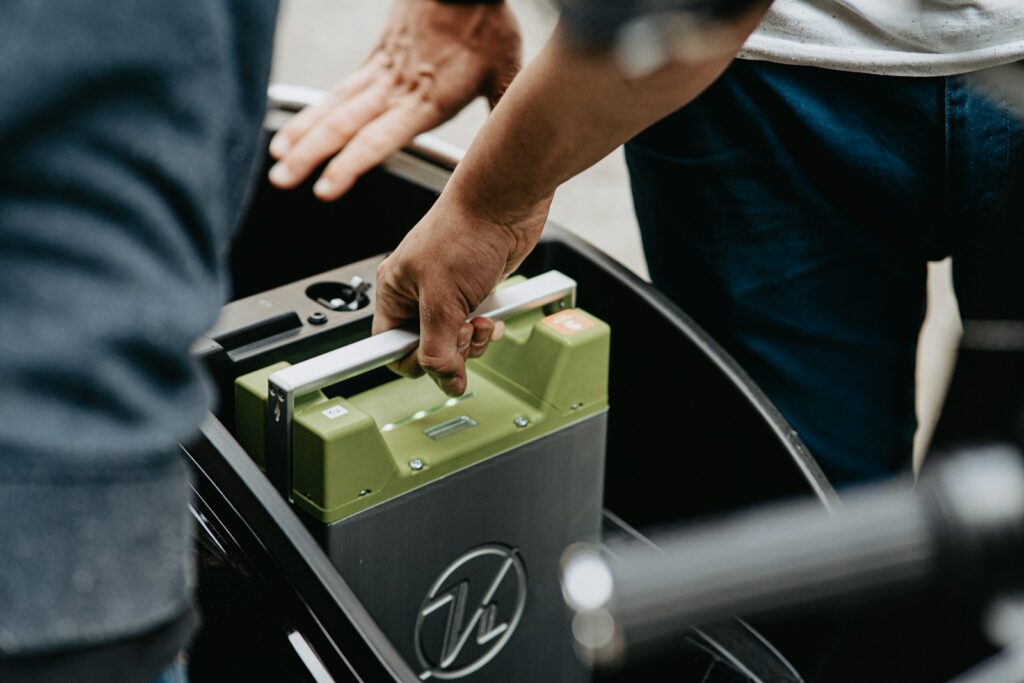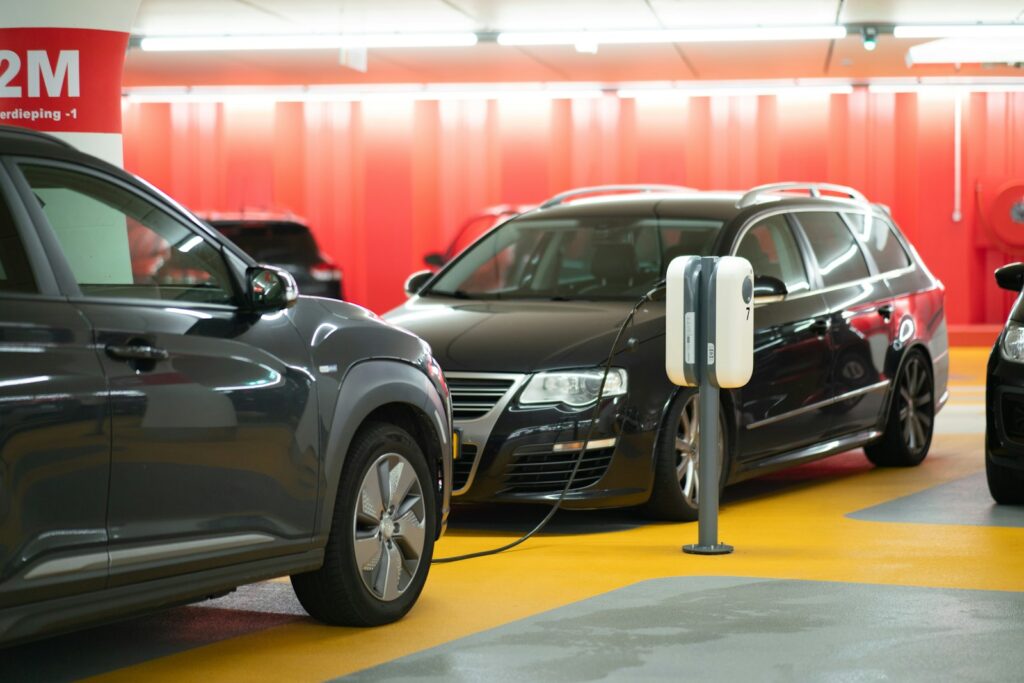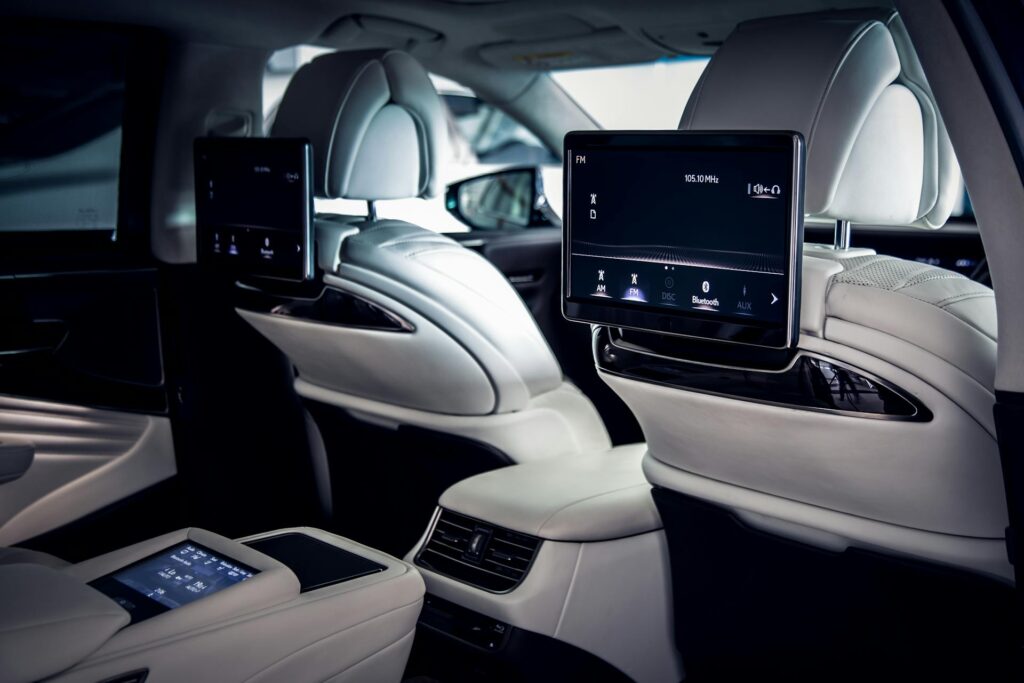Your hybrid car will not start, and you wonder if old-fashioned jumpstarting rules apply. The short answer: yes, but with significant limitations that could damage costly components if done incorrectly. Knowing how to jumpstart hybrid vehicles requires understanding their advanced electrical systems and following specific procedures implemented to protect you and your vehicle.
Differing from conventional cars, hybrids have complex electrical architectures with high-voltage systems that need extra attention and specific procedures.
Familiarizing Yourself with Hybrid Vehicle Electrical Systems
Before attempting to jumpstart hybrid vehicles, you should first familiarize yourself with what you are working with. Hybrid cars typically have two distinct battery systems: a normal 12-volt battery for the engine’s starting and accessory use, and a high-voltage battery pack (most commonly 200-300 volts) for the electric motor.
The good news is that jumpstarting involves the 12-volt system, like the old cars. However, due to the presence of high-voltage equipment in the area, additional safety measures and special connection points are required.
Most hybrid battery problems are associated with the 12-volt battery, not the high-voltage traction battery. The conventional battery is prone to draining from operating lights, extreme cold, or natural wear, just like conventional vehicles.
Basic Safety Precautions
- High-Voltage Awareness: Never try to access or jumpstart the high-voltage traction battery. These systems are too complex and require professional training and equipment. Always only work on the 12-volt battery when jumpstarting hybrid vehicles.
- Protective Equipment: Insulated gloves and safety glasses should be worn. During the time you’re working on the 12-volt system, exposure to the surrounding high-voltage components necessitates increased protection.
- Vehicle Positioning: Ensure that both vehicles are fully off before beginning. On hybrids, this means pressing the power button to fully shut down all systems, not just taking your foot off of the brake.
- Good Ground Connection: Never use the negative terminal of the dead battery as your point of ground. Use designated ground points in your owner’s manual or a solid, unpainted metal surface that is away from the battery.
Read More: The Rise of Level 2 & 3 Autonomous Driving Systems in 2025
Step-by-Step Jumpstarting Process
- Locate the 12-Volt Battery: The 12-volt battery is not typically located under the hood on most hybrids. Check your owner’s manual—it might be in the trunk, underneath a seat, or within a side compartment. A few have jump-start terminals under the hood connected to a remotely mounted battery.
- Prepare Both Vehicles: Turn off all electrical accessories of both vehicles. Engage parking brakes and ensure automatic transmissions are placed in the Park position. Remove any protective covers from battery terminals or jump-start points.
- Hook Up the Jumper Cables: Attach the positive (red) cable to the positive terminal of the dead hybrid’s 12-volt battery or jump-starting point. Attach the other end of the positive cable to the positive terminal of the donor vehicle. Attach the negative (black) cable to the negative terminal of the donor vehicle, then the final end to a proper ground point on the hybrid—never to the negative battery terminal.
- Start the Process: Start the donor car and let it sit for 2-3 minutes to begin to recharge the hybrid’s 12-volt battery. Attempt to start the hybrid according to your specific model’s startup procedure.
Read More: EV Infrastructure Trend: Renewable Energy in Charging Networks
Hybrid-Specific Considerations
- Startup Processes: Once you successfully jumpstart hybrid vehicles, they may not start the way regular cars do. Often, hybrids will first charge their electrical systems, run some diagnostics, and start the gasoline engine only when needed. This may take a few seconds and include unusual sounds or displays.
- System Warnings: Worry not if warning lights appear on the dashboard initially. Many hybrid systems test themselves upon power restoration and may present temporary warnings that clear up after a few minutes of driving.
- Charging Behavior: Hybrid cars may be unusual compared to standard cars following jumpstarting. The regenerative braking system and automatic engine start/stop capabilities may not behave as they should until the 12-volt battery has achieved high enough charge levels.
When Professional Help Is Needed
If multiple jumpstart attempts fail, the issue could be the high-voltage system, hybrid-specific component, or deep electrical problem that requires a diagnostic tool. Do not continue to attempt jumpstarts if the vehicle will not respond following 2-3 proper attempts.
Some hybrid models incorporate lockout strategies that prevent jumpstarting in some situations. These protective measures protect the electrical system but require professional help to reset.
Prevention and Maintenance
- Yearly 12-Volt Battery Testing: Get your 12-volt battery tested on your hybrid every year, especially before the arrival of cold weather. These batteries will operate harder in hybrids due to the higher electrical system cycling.
- Proper Storage: If you keep your hybrid idle for long periods of time, use a 12-volt system battery maintainer to prevent deep discharge.
- Shop Inspections: 12-volt battery condition should be part of regular hybrid maintenance inspections. Most hybrid service shops can foresee battery failure before you experience a breakdown.
Modern Alternatives
Consider employing portable jump-starter units specifically for hybrid vehicles. These eliminate the need for a second vehicle and possibly include step-by-step instructions for specific hybrid models.
Jumpstarting successful hybrid vehicles requires care, proper technique, and the prevention of disregard for the advanced systems involved. In case of uncertainty, professional assistance guarantees your safety as well as your vehicle’s safety.
Read More: Battery Care: Extend EV & ICE Battery Life



